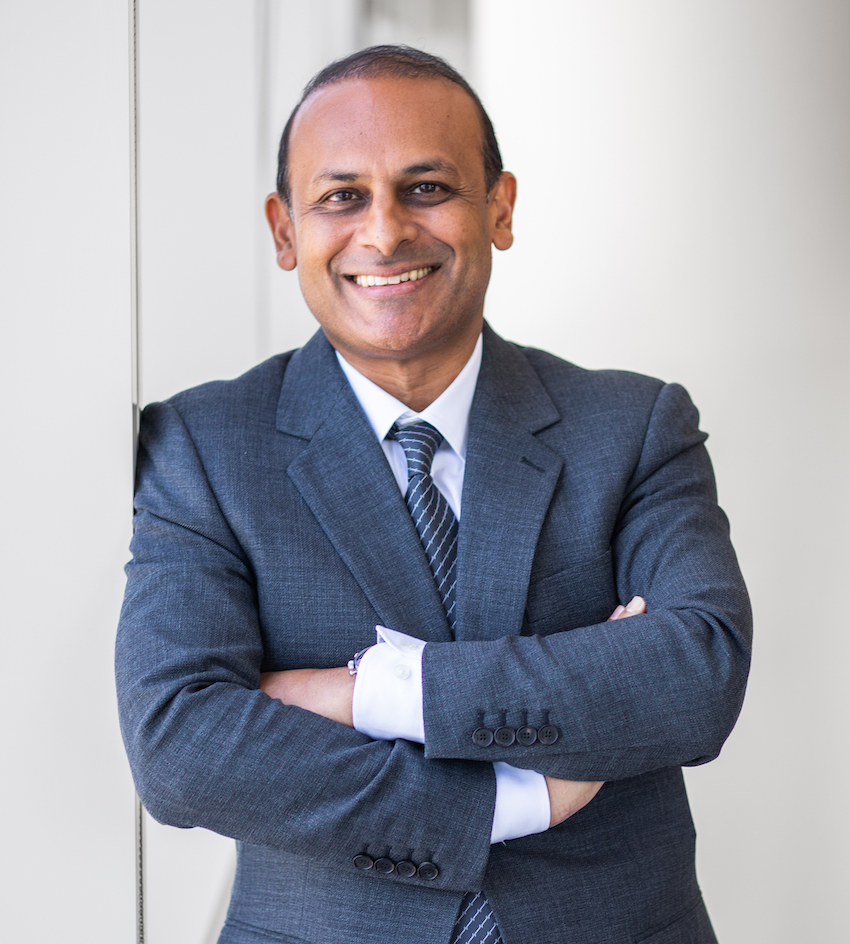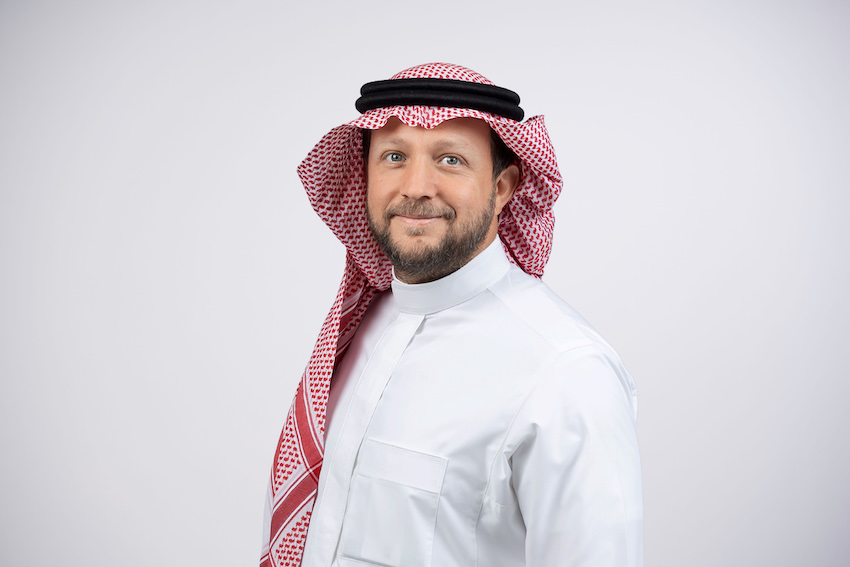RIYADH: Saudi Arabia’s economic growth is expected to outpace the global average in 2025 according to the latest International Monetary Fund study.
The IMF’s World Economic Outlook update puts the Kingdom’s output increase at 4.7 percent next year – above the 3.3 percent forecast for the planet as a whole.
The figure for Saudi Arabia is down from an estimate released in April which anticipated a 6 percent growth rate for 2025.
The IMF also scaled back its 2024 projection for the Kingdom, shifting from 2.6 percent in its earlier forecast to 1.7 percent in its most recent report.
The Washington-based institution described the global economy as being in a “sticky spot,” although it maintained its earlier calculation that worldwide output would increase at a rate of 3.2 percent in 2024 and 3.3 percent in 2025.
“The growth forecast for 2024 in Saudi Arabia has been revised downward by 0.9 percentage point; the adjustment reflects mainly the extension of oil production cuts,” the IMF said.
“Varied momentum in activity at the turn of the year has somewhat narrowed the output divergence across economies as cyclical factors wane and activity becomes better aligned with its potential. Services price inflation is holding up progress on disinflation, which is complicating monetary policy normalization,” the July update stated.
The IMF added: “Upside risks to inflation have thus increased, raising the prospect of higher-for-even-longer interest rates, in the context of escalating trade tensions and increased policy uncertainty. To manage these risks and preserve growth, the policy mix should be sequenced carefully to achieve price stability and replenish diminished buffers.”
Global economic snapshot: divergent paths ahead
Across major economies, contrasting trends defined economic forecasts heading into 2024 and beyond.
Earlier in the year, the US confronted a sharper-than-anticipated slowdown, driven by easing consumer spending and adverse net trade dynamics.
Growth projections for 2024 have been revised to 2.6 percent, 0.1 percentage point lower than projected in April, with expectations for 2025 further declining to 1.9 percent.
Tightening fiscal policies and cooling labor markets are poised to exert further pressure. Inflation remains stubborn, particularly in services, delaying potential monetary policy adjustments. Therefore, it is lagging behind other advanced economies in easing measures.
Europe’s recovery hinges on robust performances in the services sector, with growth expected to reach 0.9 percent in 2024, rising to 1.5 percent in 2025.
Strengthened consumer demand, bolstered by higher real wages and improved financing conditions, supports this optimistic outlook. However, persistent weaknesses in manufacturing, notably in Germany, suggest a nuanced recovery across sectors.
China’s economy continues to exhibit resilience, with a revised growth forecast of 5 percent for 2024, driven by a resurgence in domestic consumption and robust export performance.
Yet expansion is anticipated to moderate to 4.5 percent in 2025 and beyond as the country grapples with demographic shifts and slowing productivity gains.
Emerging markets and developing economies are projected to grow by 4.3 percent in 2024, driven by a strong performance in Asia, particularly China and India.
India’s growth forecast has been revised upward to 7 percent for 2024, higher than April’s projection of 6.8 percent reflecting improved private consumption and positive carryover effects from 2023.
The UK anticipates modest growth of 0.7 percent in 2024, expanding to 1.5 percent in 2025. Economic prospects are shaped by ongoing fiscal restraint and residual impacts of earlier inflationary pressures on consumer and investment activities.
Japan’s revised growth forecast for 2024 is 0.7 percent from 0.9 percent in April, influenced by transient supply disruptions and subdued private investment.
Nevertheless, robust wage settlements are anticipated to fuel a resurgence in private consumption by the latter half of the year.
Regional impact and global trade
The IMF report noted that oil production and regional conflicts continue to weigh heavily on economic prospects in the Middle East and Central Asia.
Alongside Saudi Arabia, Sudan’s economic outlook has been markedly revised downward due to persistent conflict.
Conversely, there have been upward revisions in other regions, such as Brazil, where reconstruction efforts buoy growth prospects following recent flooding and structural factors like increased hydrocarbon production.
“World trade growth is expected to recover to about 3.25 percent annually in 2024–25 and align with global GDP growth again,” the IMF added.
The initial increase seen in the first quarter of this year is likely to slow down due to ongoing subdued manufacturing activity.
Despite a notable rise in cross-border trade restrictions affecting it between distant geopolitical blocs, projections suggest that the global trade-to-GDP ratio will remain stable.
Inflation and monetary policy
Global disinflation efforts are facing headwinds, with services price inflation complicating monetary policy normalization.
The report highlighted the persistence of higher-than-average inflation in services costs, which has tempered the disinflation in goods prices.
“The revised forecast for advanced economies is for the pace of disinflation to slow in 2024 and 2025. That is because inflation in prices for services is now expected to be more persistent and commodity prices higher,” the international organization said.
It added that the gradual cooling of labor markets and an expected decline in energy costs should bring headline inflation back to target by the end of 2025.
Price increases are anticipated to persist at elevated levels in emerging markets and developing economies, falling more gradually compared to advanced countries.
Due in part to declining energy costs, inflation has nearly returned to pre-pandemic levels for the typical emerging market and developing economy.






























